What is sustainable art?
In the digital world, Non-Fungible Tokens (NFTs) have revolutionised the art world. Established players like Sotheby’s and Christie’s have long jumped on the NFT bandwagon with dedicated auction platforms. One could argue that because art in the technological sphere does not damage the earth’s resources it is sustainable. Yet, the main differentiator lies in the materials used. These are often upcycled or found objects such as plastic waste, wood, earth, sand, stones, and water. Also, biodegradable products such as hemp, bamboo, or flex make up sustainable pieces. The resultant artworks aim to counter or highlight ecological devastation.
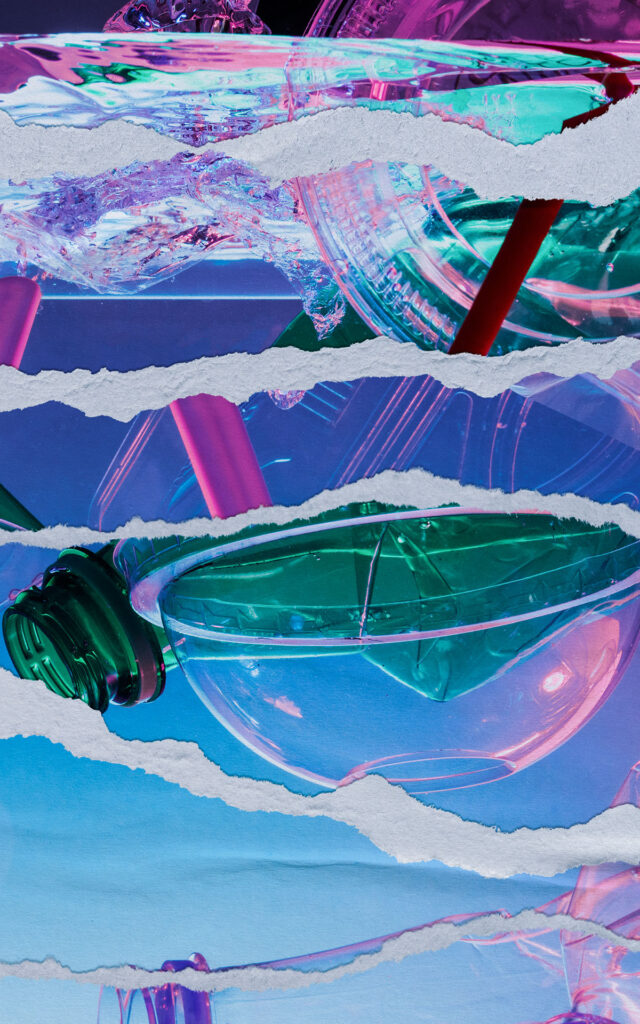
Sustainable art has been around for centuries but was first coined by contemporary art historians and curators Maja and Reuben Fowkes in the late 1960s. At the time, the sustainable art movement radically questioned materialism and the art system. People were becoming more aware of the impact and consequences of industrialism and consumerism. Today, sustainable art stands for a variety of things and comes in all sorts and forms – from bio-art made of live bacteria to renewable energy sculptures bringing green energy to communities uniquely and artistically.
There are four key principles in sustainable art:
– Ecology
– Social justice
– Non-violence
– Grassroots democracy
Social Justice: a political statement against exploitation and climate change
Beninese artist Romuald Hazoumè has gained international fame for his humorous, playful and political masks. Primarily exhibited in galleries in the Northern hemisphere, Hazoumè draws attention to the ongoing economic exploitation and environmental degradation of his country.
I send back to the West that which belongs to them, that is to say, the refuse of consumer society that invades us every day
Romuald Hazoumè
He purposefully chooses plastic jerry cans or bidons as base material to point to the multinational oil companies he holds responsible for the damage. Tied to the back of a motorbike, Bidons are often used to smuggle petrol from Nigeria to Benin. He then uses discarded materials to decorate the Bidons and create face-like-looking sculptures.
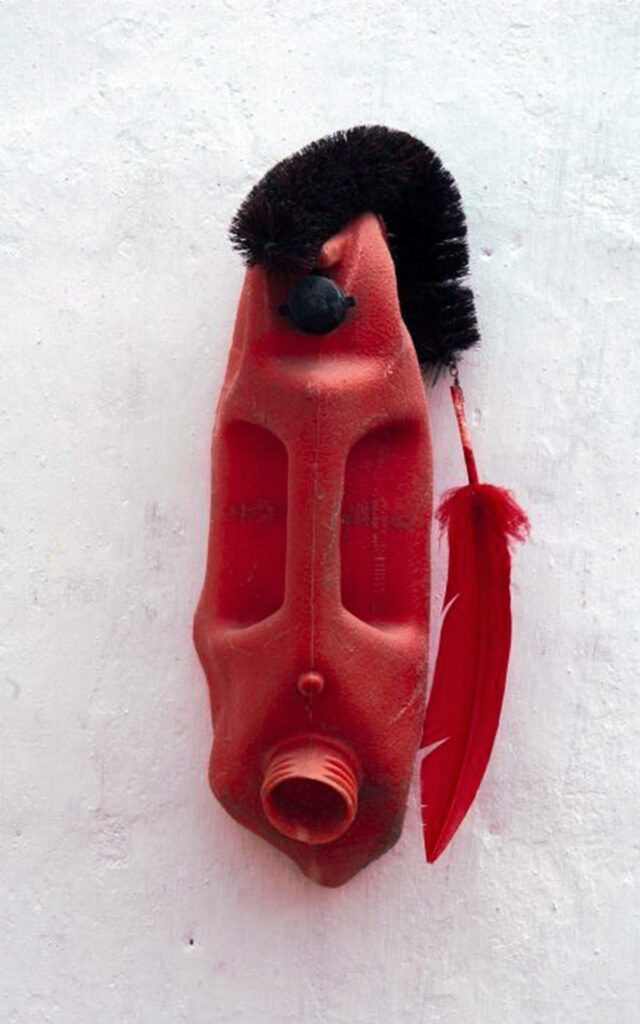
Other artists such as Marina DeBris produce sculptures made of waste materials to raise awareness of ocean and beach pollution. After the pandemic, she collected over 300 face masks from the beaches in Australia and turned them into high-end trashion outfits. Models were photographed in dresses fully made from waste materials.
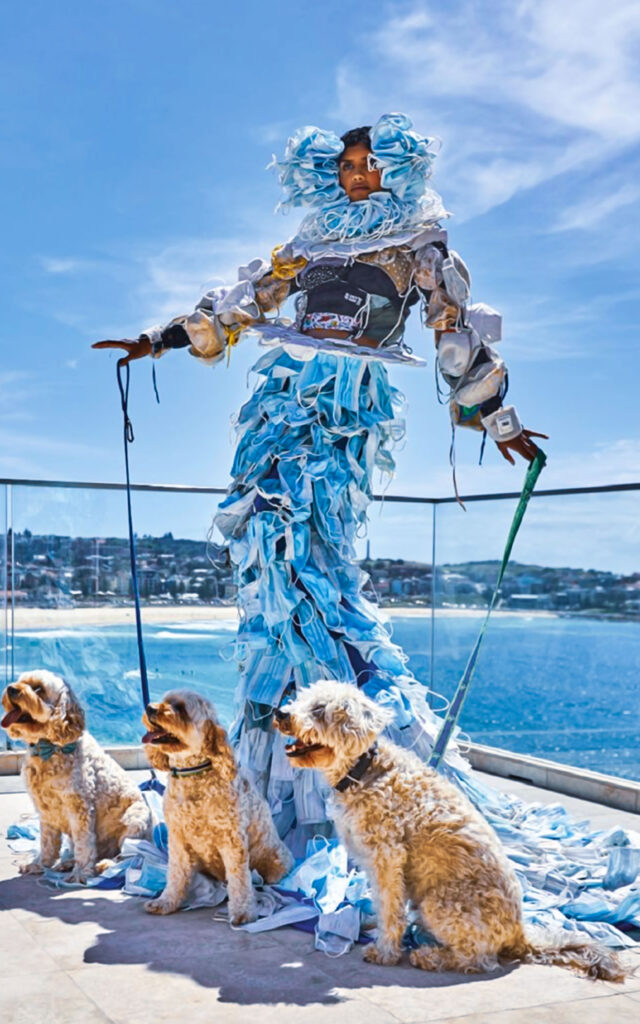
To raise awareness just after the United Nations Conference on Sustainable Development in Rio de Janeiro, artists installed three large fish sculptures made from discarded plastic bottles on Botafogo Beach. At night, LEDs installed in the fish lit up in different colours. A sign next to the sculpture translated to “recycle your attitude”. It points to the 60 to 80 percent of plastic that make up the majority of debris in the sea.
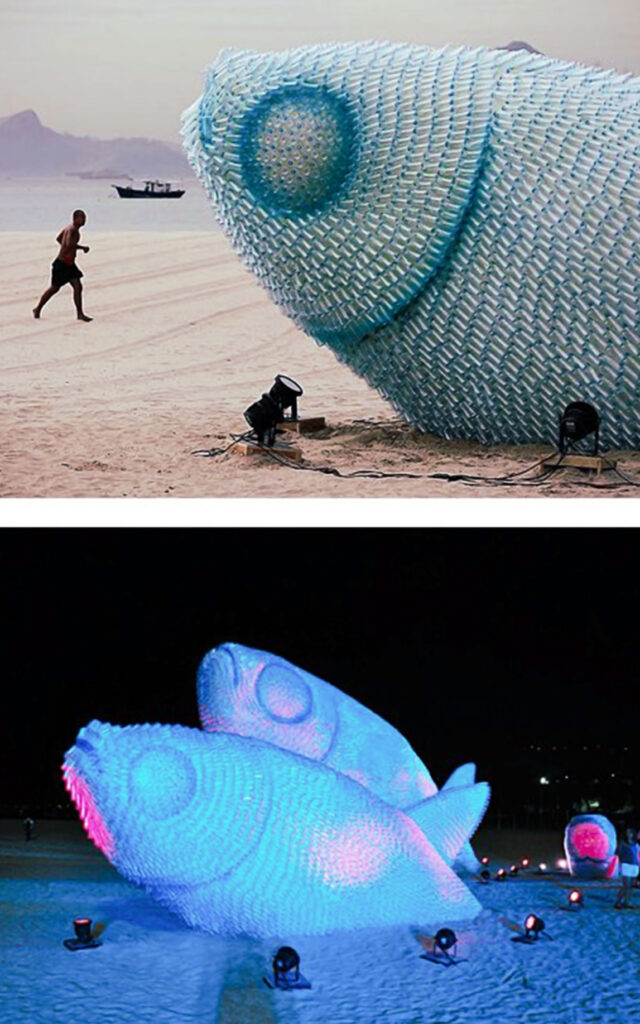
Ecology: Sustainable art as part of nature and its ecosystem
Furniture brands like Life Wood Works, a Japanese company, use offcuts of cedarwood to create tables, stools and other pieces. If not reclaimed, the base of the tree can cause damage to nearby rivers and dams. The brand’s focus is on ensuring the longevity of its products while participating in the protection of the natural ecosystem.
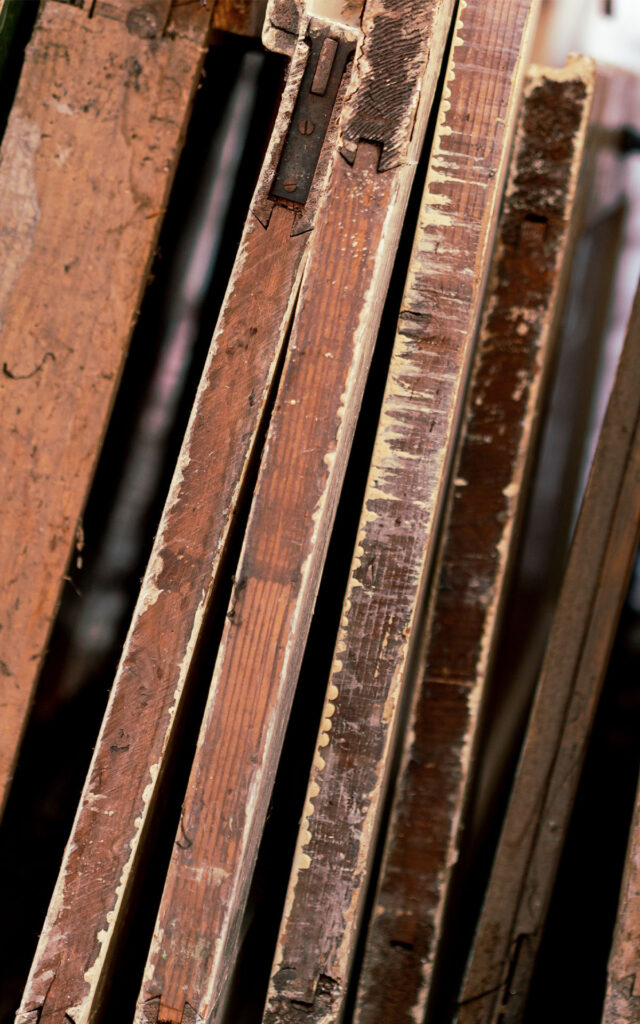
Artists like Andy Goldsworthy defined the sustainable art movement through their landscape art. Inspired by Robert Smithson, one of the first artists in the field, Goldsworthy creates ephemeral art pieces in Scotland. In the setting he chooses for his art pieces, they evolve and decay like nature. He mostly relies on objects such as water, stones or wood and is known for his stone balancing sculptures.

Known as Queen of Salt, Bettina Werner‘s use of the material is at the core of all her art pieces. Based on its historic significance, she only uses colourised salt to create timeless and unique salt crystal works. To her, it represents wisdom and insight and is used to enjoy greater importance than gold in global trade currency. Her pieces often display butterflies and angelic numbers (e.g., 444 or 777) or her connection with her Italian roots, featured as tri-coloured hearts.
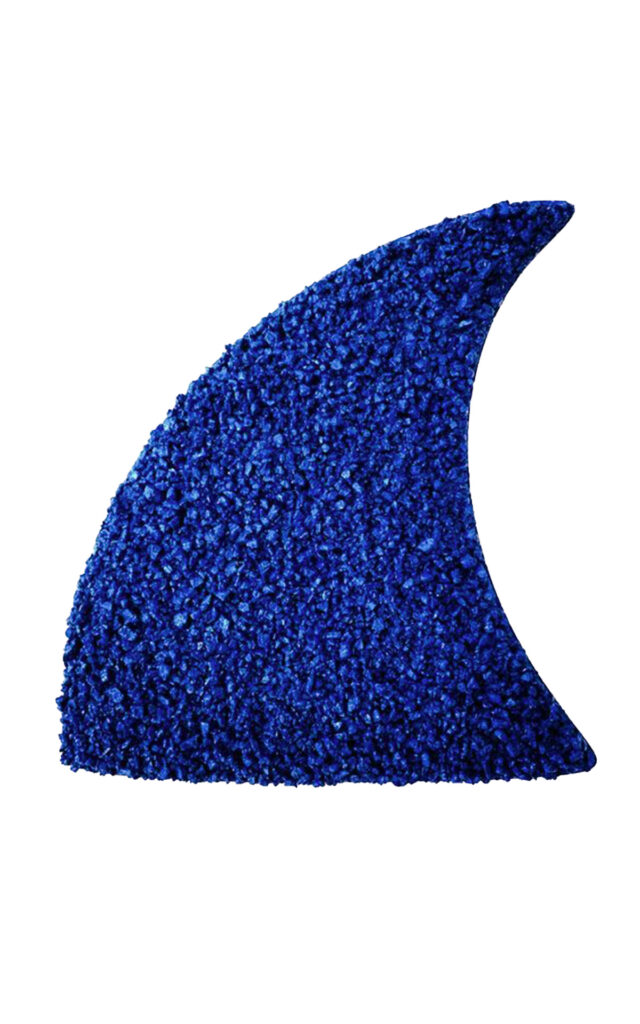
Non-violence and grassroots democracy through sustainable art
Non-violent art rejects all use of physical violence to achieve social change. Artists such as Hazoumè or Marina DeBris promote an activist cause by influencing their audience through artwork. They rely on the radicality of the movement through thought-provoking, sustainable art pieces.
Similarly, many artists in the sustainable art movement rely on grassroots and community-based approaches to create art. Elena Paroucheva’s renewable energy sculptures provide locals with energy. At the same time, it is less visually and noise-polluting than classic wind turbines. Each piece can fit up to twelve turbines and is ideal for urban environments.
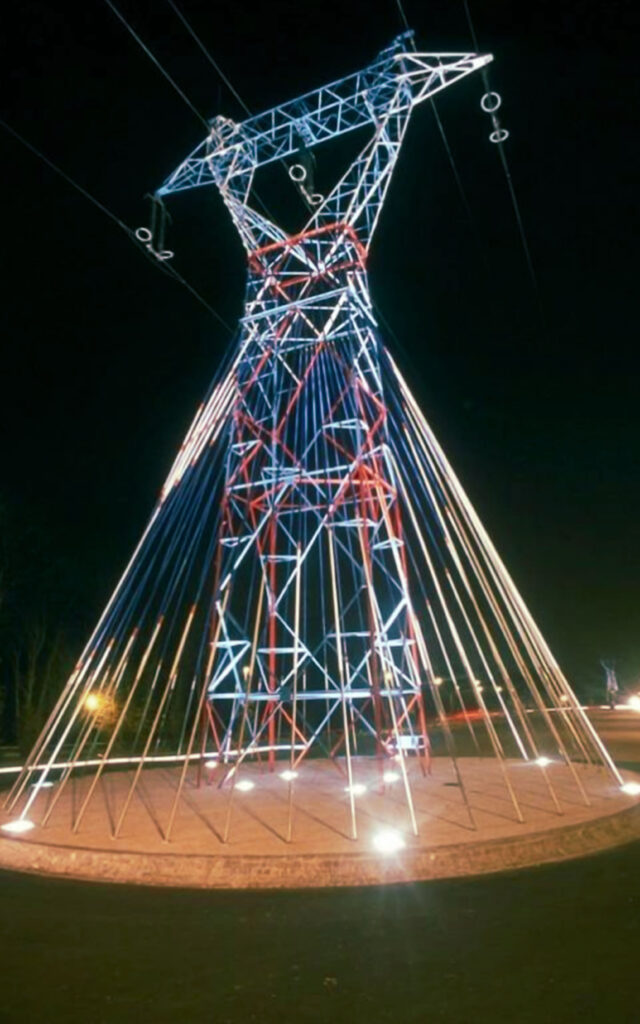
All these creations allow the audience to view the reality of climate change, environmental degradation and social injustice. An aim sustainable artists have without exploiting more of the earth’s resources to do so.
Sustainable development is a development that meets the needs of the present without compromising the ability of future generations to meet their own needs.
Since the Brundtland Commission, a UN Commission on Environment and Development founded in 1983, defined sustainable development and art, artists have and continue to rethink their approach and choice of materials to further their cause in a peaceful and sustainable way.





